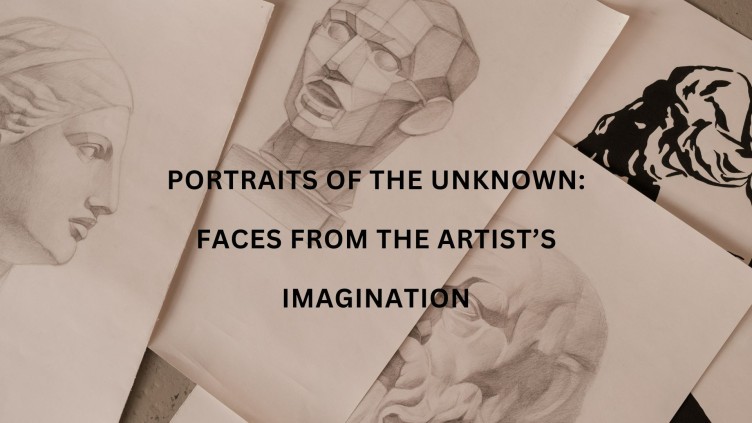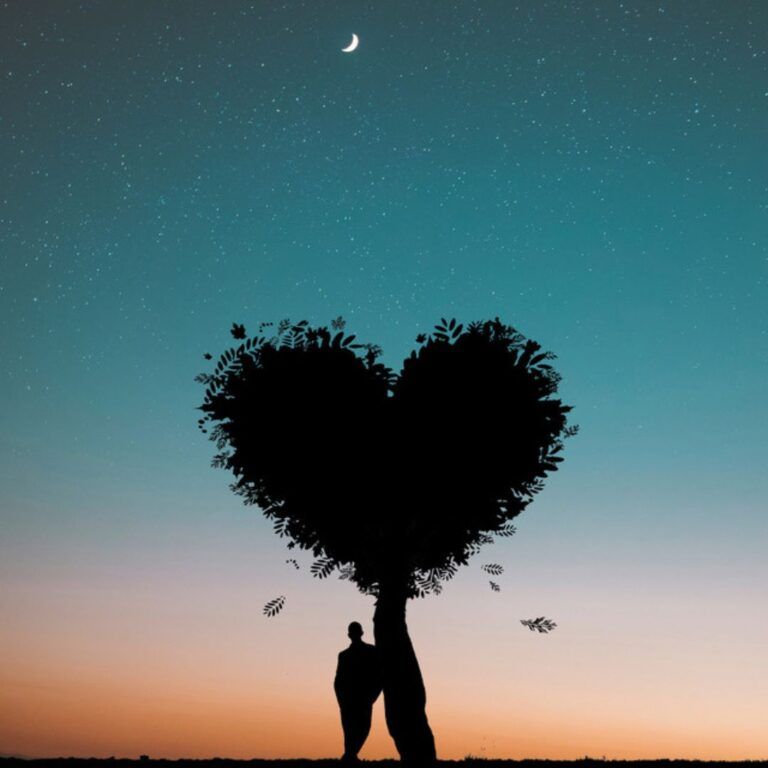Art has always been a powerful medium for expressing the inexpressible, and portraits, in particular, have fascinated humanity for centuries. Traditionally, portraits capture the likenesses of real people, preserving their essence for future generations. However, there’s a unique and enchanting aspect of portraiture that delves into the realms of the fantastical: the creation of faces that exist purely in the artist’s imagination. This exploration into “Portraits of the Unknown” reveals a world where art transcends reality and invents its own characters.
In this article, we’ll delve into the fascinating realm of imaginative portraiture, exploring its history, techniques, and significance. For more insights and inspiring discussions on art, you can visit Riya’s Blogs at https://riyabhorkar.com/, where you can find a wealth of articles that celebrate creativity in all its forms.
The Art of Imaginary Faces
Portraits of the unknown, or imaginary portraits, are creations born from the artist’s mind, unbound by the constraints of real-life models. These portraits often blend features and styles, creating faces that are both captivating and enigmatic. Such works are not merely artistic exercises but can also be reflections of the artist’s inner world, exploring themes of identity, emotion, and fantasy.
Historical Context
The concept of imagining faces in art is not new. Early examples can be seen in various cultural artifacts, from ancient Egyptian tomb paintings to Renaissance sketches. However, it was during the Romantic and Symbolist movements in the 19th and early 20th centuries that the exploration of fictional identities in portraiture became more pronounced.
Artists like Gustav Klimt and Odilon Redon pushed the boundaries of traditional portraiture, infusing their works with symbolic elements and surreal qualities. This exploration was less about depicting reality and more about capturing the essence of a dream or a psychological state. In contemporary art, this tradition continues, with many artists using their imaginations to create unique and thought-provoking portraits.
Techniques and Styles
Creating portraits from the imagination involves a diverse range of techniques and styles, depending on the artist’s vision and medium of choice. Here are some common approaches:
- Abstract Portraiture: This style focuses on the emotional and psychological aspects of the subject rather than realistic representation. Colors, shapes, and forms are used to evoke feelings and create a visual narrative that might not correspond to any real person.
- Surrealism: Surrealist portraits often blend reality with fantasy, incorporating elements that defy logical explanations. Artists might depict faces with unusual features, such as multiple eyes or dreamlike distortions, to create a sense of wonder and mystery.
- Collage and Mixed Media: Some artists use collage techniques to assemble faces from various materials, creating a portrait that is a patchwork of different textures and styles. This approach can result in a rich and complex depiction that suggests multiple layers of meaning.
- Digital Art: With the advent of digital technology, artists can now create detailed and imaginative portraits using digital tools. This allows for endless experimentation with form and color, resulting in striking and unconventional images.
- Fantasy Art: Artists in this genre often create portraits of entirely fictional characters, drawing inspiration from mythology, literature, and their own imaginations. These portraits can range from ethereal beings to fantastical creatures, each with a unique story.
The Significance of Imaginative Portraiture
Portraits of the unknown hold significant value beyond their visual appeal. They offer a glimpse into the artist’s inner world and invite viewers to engage in a dialogue about identity, perception, and creativity. Here’s why these portraits matter:
- Exploration of Identity: Imaginary portraits allow artists to explore concepts of identity in ways that realistic portraits may not. By creating fictional characters, artists can delve into various aspects of human experience and emotion, offering a broader understanding of what it means to be human.
- Emotional Expression: These portraits often convey deep emotional states that might be difficult to express through conventional means. The abstract and surreal qualities of imaginary faces can evoke a powerful emotional response in viewers, fostering a deeper connection with the artwork.
- Creative Freedom: The lack of constraints in creating fictional portraits enables artists to push the boundaries of their creativity. This freedom results in innovative and often groundbreaking works that challenge traditional notions of portraiture.
- Cultural Reflection: Imaginative portraits can reflect cultural and societal trends, offering insights into contemporary issues and concerns. By interpreting these trends through the lens of fantasy and abstraction, artists provide a unique perspective on current events and cultural shifts.
Conclusion
Portraits of the unknown offer a captivating glimpse into the limitless potential of the human imagination. Through abstract, surreal, and fantasy art, artists create faces that challenge our perceptions and invite us to explore the depths of creativity. By engaging with these imaginative works, we not only appreciate the skill and vision of the artists but also reflect on our own perceptions of identity and emotion.
For more engaging articles and discussions on art and creativity, check out Riya’s Blogs at https://riyabhorkar.com/. Whether you’re an artist or simply an art lover, there’s always something new and inspiring to discover.







